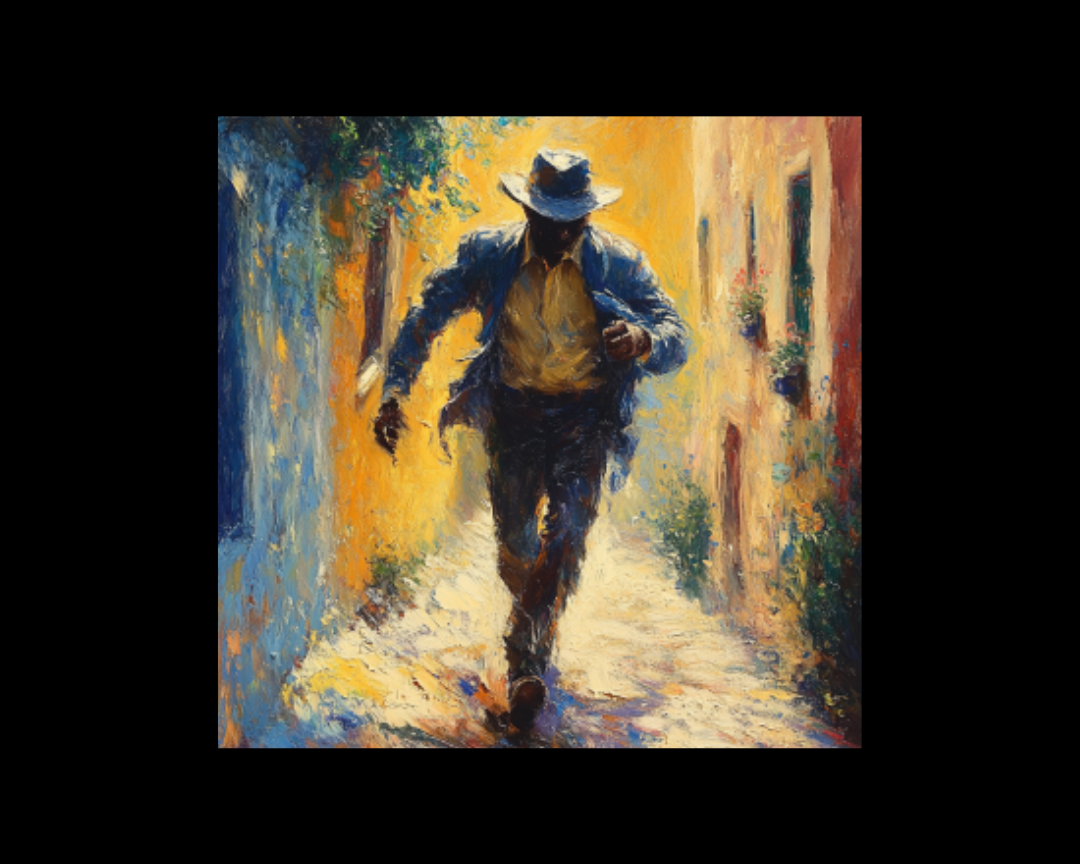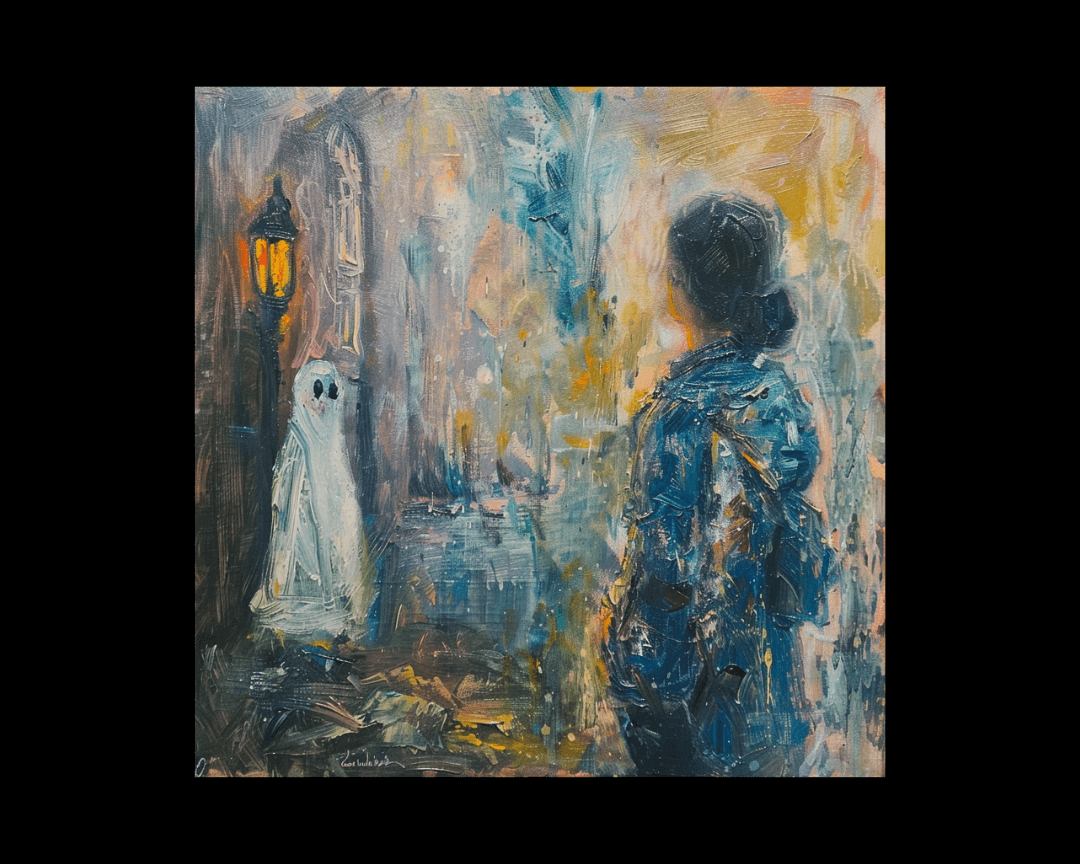25 Universal Themes That Create Unforgettable Literature
Every writer faces the same daunting question: what makes readers care about made-up people doing fictional things? The answer lies not in clever...
2 min read
 Writing Team
:
Mar 24, 2025 11:44:34 AM
Writing Team
:
Mar 24, 2025 11:44:34 AM

Crime fiction offers writers an exciting playground where they can explore human nature, create suspense, and keep readers turning pages well past bedtime. But in a genre packed with talented writers and compelling stories, how do you make your crime novel stand out?
Drawing from insider knowledge of what makes crime fiction work, here are three fundamental elements that can elevate your mystery from predictable to page-turning.
At the heart of any gripping crime story are characters whose actions make sense, even when those actions are morally questionable. From classics by Sir Arthur Conan Doyle to contemporary hits by Gillian Flynn, successful crime fiction features characters whose motivations readers can understand.
This doesn't mean your protagonist needs to be likable—they just need to be comprehensible. When readers understand why a character makes certain choices, they remain invested in the outcome, even if they wouldn't make those same choices themselves.
When developing your characters, ask yourself:
Creating a character motivation map can be invaluable during the editing process. Identify which characters share goals with your protagonist (potential allies) and which have opposing objectives (natural adversaries). This map might even reveal opportunities for unexpected character developments that could lead to surprising yet believable twists.
In today's publishing landscape, crime novels are often marketed with promises of "twists you won't see coming," but the most satisfying twists are actually those for which authors have methodically laid groundwork.
Rather than aiming for completely unforeseen revelations—which often feel unearned or implausible—focus on creating twists that readers could theoretically predict but likely won't. Plant subtle clues or "breadcrumbs" throughout your narrative that make sense in retrospect.
This approach walks the fine line between giving too much away and springing a twist that feels like it comes from nowhere. Remember that readers enjoy feeling clever and playing amateur detective. A good twist should make them think "wait...WOW!" rather than "wait...WHAT?"
A practical approach:
In crime fiction, setting is never just background—it actively contributes to tension and suspense. The most memorable crime novels feature settings that function almost as characters themselves, from the brooding Manderley in Daphne du Maurier's "Rebecca" to the isolated locations in contemporary thrillers.
Your setting should:
Consider how your character perceives their environment—what they notice first often reveals important aspects of their personality. A former soldier might immediately identify exits and potential weapons, while a botanist might focus on unusual plants or toxins.
For scenes of heightened tension, amplify sensory details. What does your character hear, smell, taste, or feel? These details don't just build atmosphere—they provide subtle cues that help readers anticipate what might happen next.
The most compelling crime fiction masterfully integrates these three elements. Characters with clear motivations move through atmospheric settings, leaving and discovering breadcrumb clues that lead to satisfying revelations.
When editing your crime manuscript, consider these elements separately and then examine how they work together. Does your setting create opportunities for characters to reveal their motivations? Do your characters notice the clues you've placed according to their unique perspectives? Are your reveals properly supported by both character actions and environmental details?
By focusing on these three fundamental aspects of crime fiction, you'll create stories that not only grip readers but also stand out to agents and publishers in this competitive genre.
-Jun-09-2025-07-34-30-3557-PM.png)
Every writer faces the same daunting question: what makes readers care about made-up people doing fictional things? The answer lies not in clever...

In the tapestry of a character's life, the threads of the past often weave the most intricate patterns. These threads, these echoes of old pains and...
-Jun-09-2025-07-23-48-0551-PM.png)
Every writer faces the same terrifying moment: staring at a blank page, wondering how random ideas transform into stories that make readers miss...